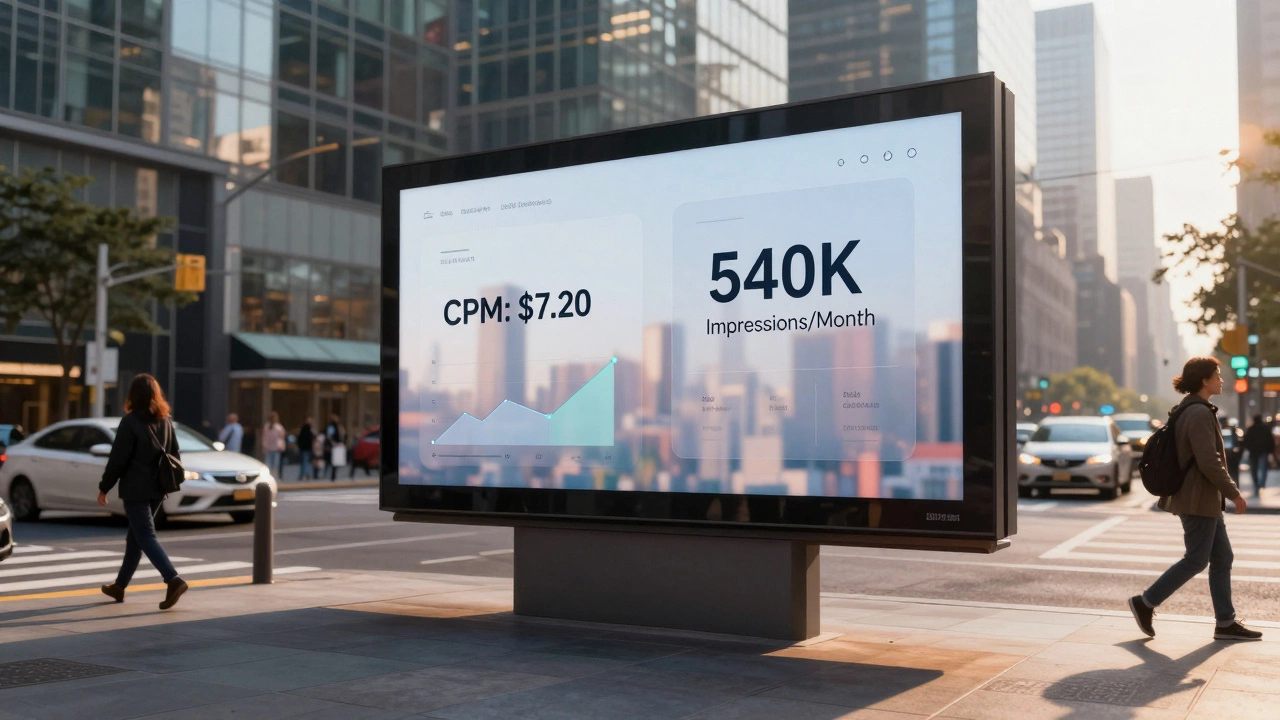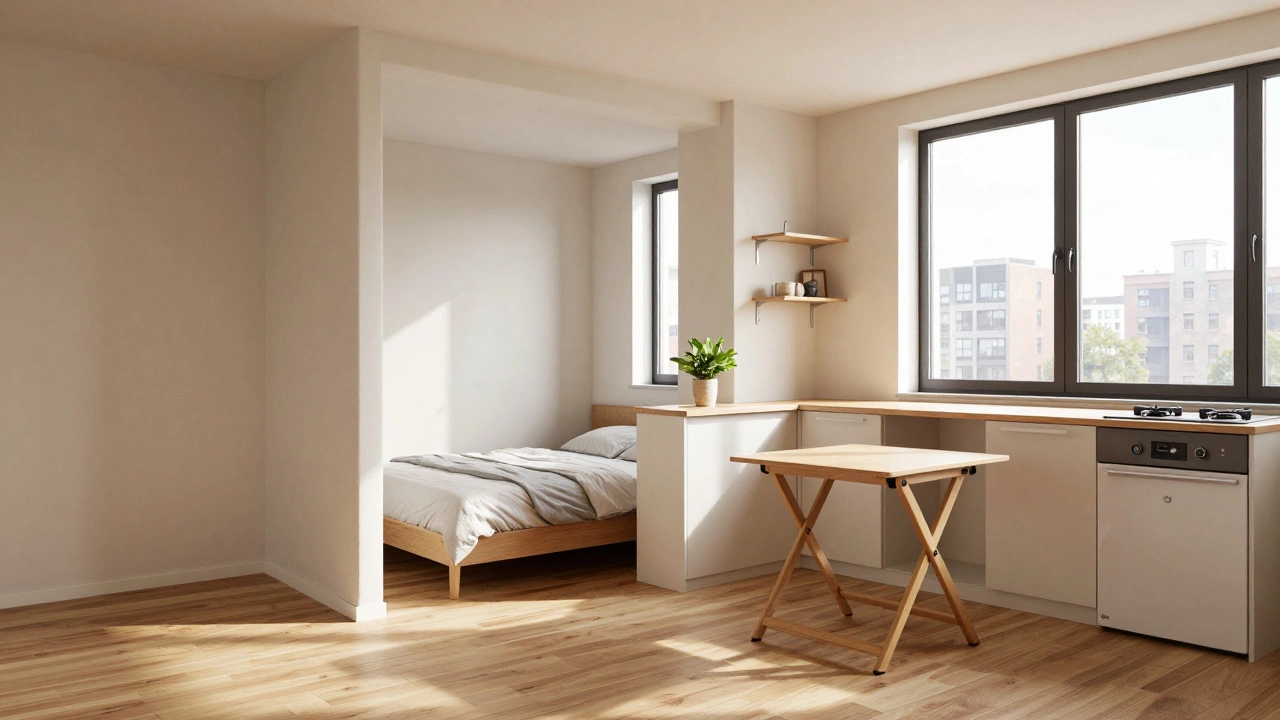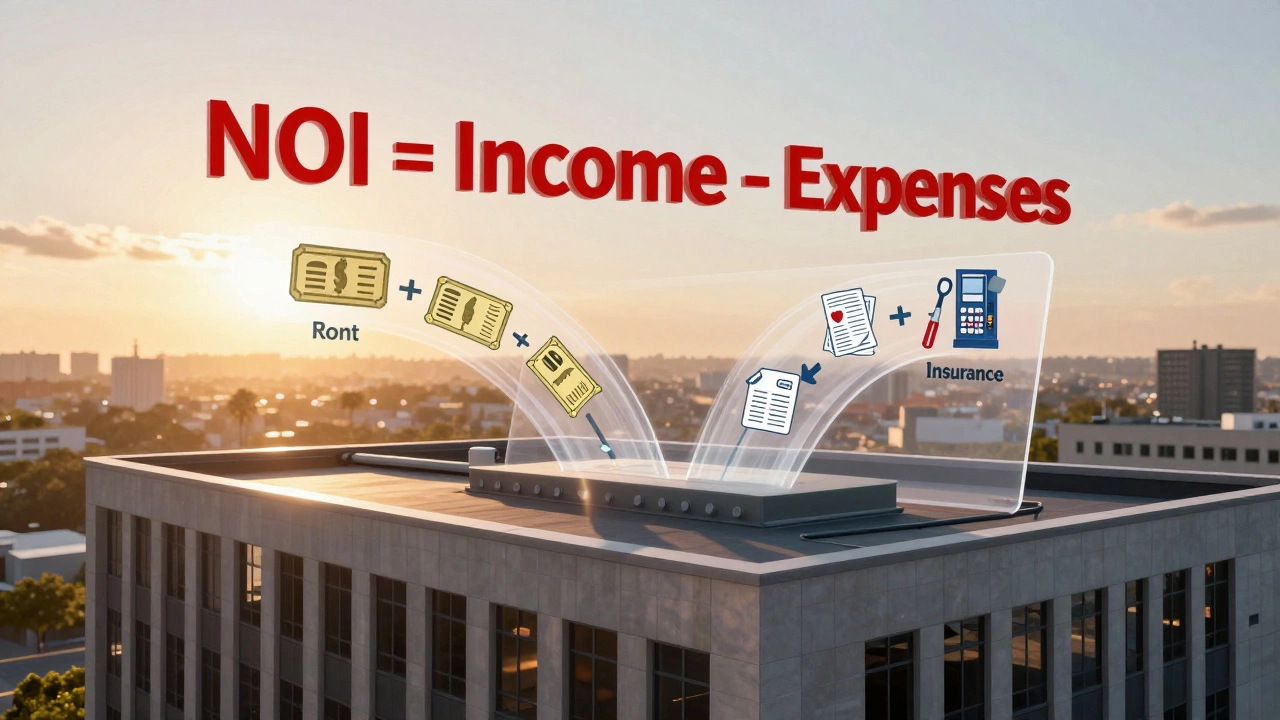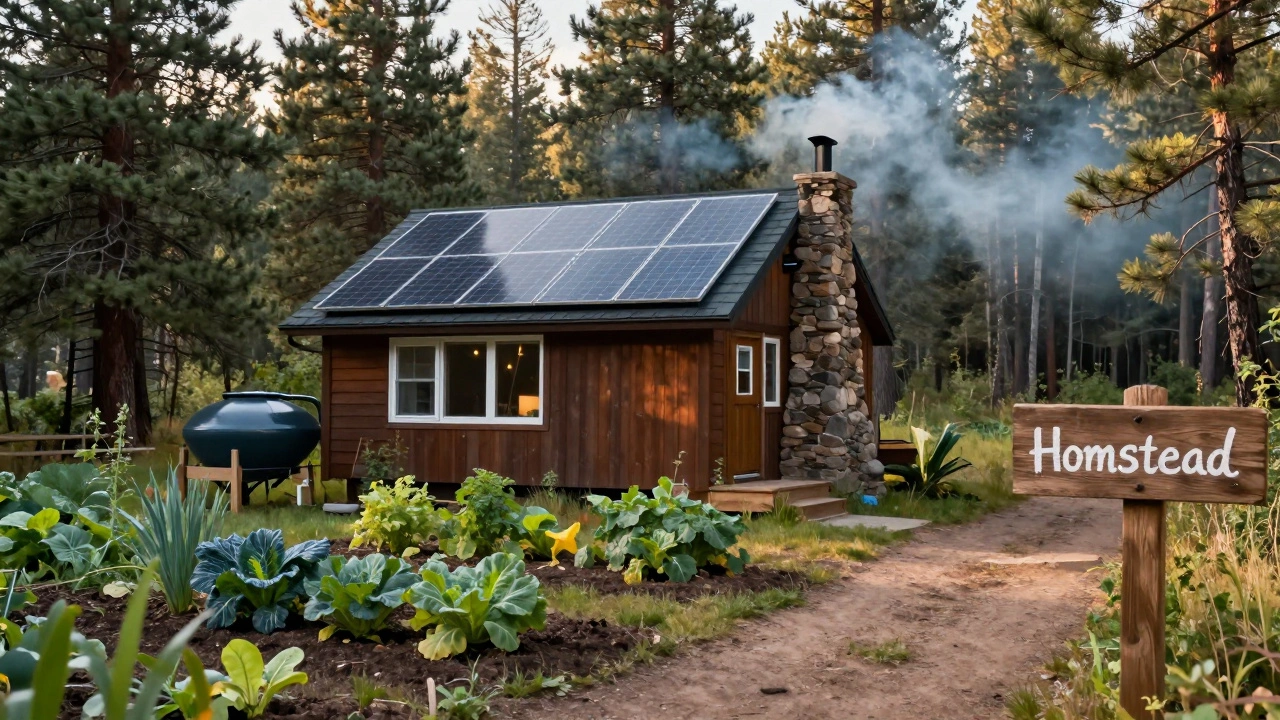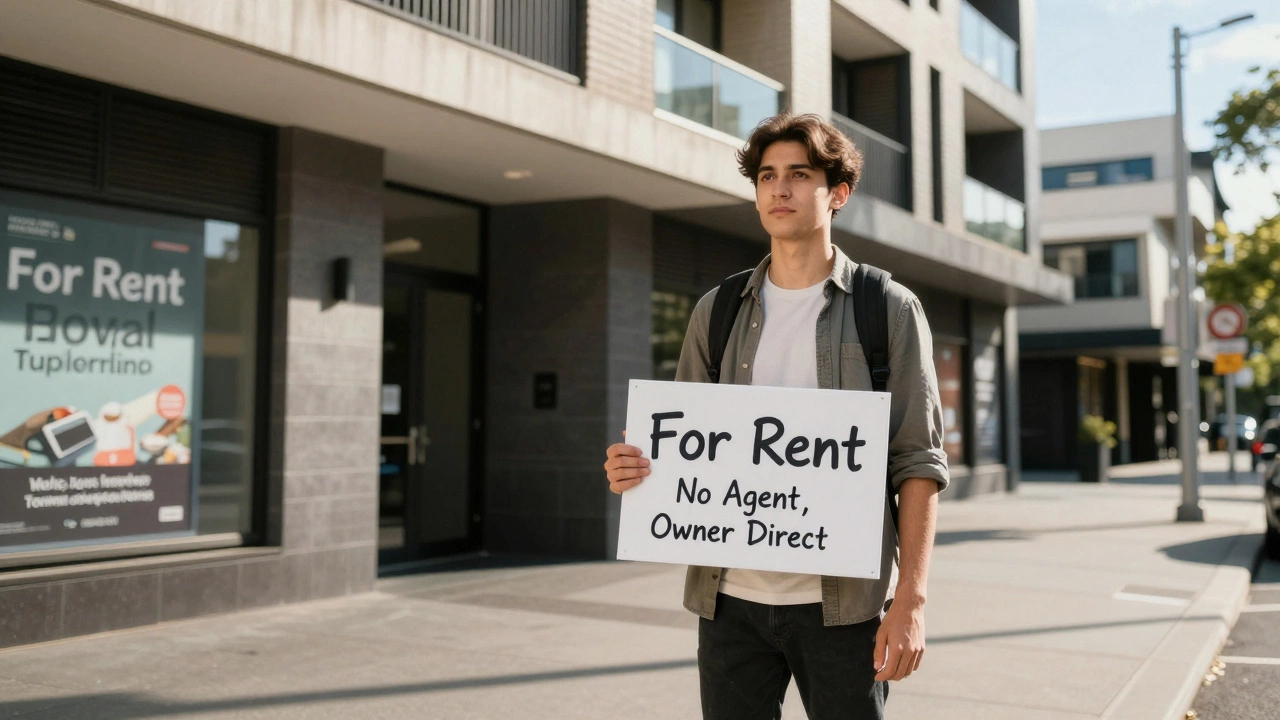Ever caught yourself scratching your head, debating if that place listed as a “townhome” is truly different from a “townhouse”? You’re not the only one. I’ve seen real estate listings, legal docs, even heated family group chats where everyone’s got an opinion. Some folks say there’s a huge gap, others swear it’s all just marketing fluff. So, what’s the real difference? The rabbit hole is deeper (and weirder) than you’d expect, but I’ll break it down without jargon, just straight talk.
How the Terms Townhouse and Townhome Started: History, Definitions, and Confusion
Alright, let’s start with what these words even mean. A "townhouse" isn't a new thing—it goes way back to 17th-century England. Back then, wealthy big shots kept grand homes in the city just for those fancy parties and political stuff. The idea was simple: squeeze as many homes as you can along a street, sharing walls to fit everyone in. That concept sailed to North America and never left. Today, a townhouse usually means a narrow, multi-story house stuck right next to its neighbors, with its own entrance and typically a little patch of yard, front or back. In some cities (think Philly or Boston), these old beauties are historic icons, often fetching sky-high prices.
But what about “townhome”? Here’s where things get blurry. Technically, in the world of real estate, a townhome is just another name for a townhouse. You’ll spot “townhome” in marketing because it sounds cozy and chic, but it rarely has a legal or construction difference. It popped up in the late 20th century as homebuilders tried to make attached homes feel a bit trendier, a little less formal. Some new developments might call their connected units “townhomes” because it feels fancier, but the blueprint? Still the classic townhouse playbook—multiple floors, shared walls, individual entrances.
Real estate agents often use the words interchangeably. If you ask two agents, you might get three different answers. Even home financing, insurance forms, and zoning codes can sometimes blur the line, calling attached homes by both names. But for most buyers and renters, especially in the US and Canada, “townhouse” and “townhome” mean the same physical style of living: separate units, connected by walls, usually spanning two or three stories. No elevators, no lonely units floating above a garage. Just stacked-up homes in neat rows. That said, there are developers or homeowner associations (HOAs) that might get creative with the word "townhome" to describe a slightly different vibe: maybe a softer style, more flexible layouts, or smaller footprints for easier living.
When you’re shopping, always check the fine print. Many “townhomes” and “townhouses” have the same structure, but sometimes, the HOA or seller is actually signaling perks or restrictions: like a less strict pet policy, or maybe lawn care bundled into your fees. The devil's in the details—or in Rocky’s case, whether he’s allowed to run free in the common green space.
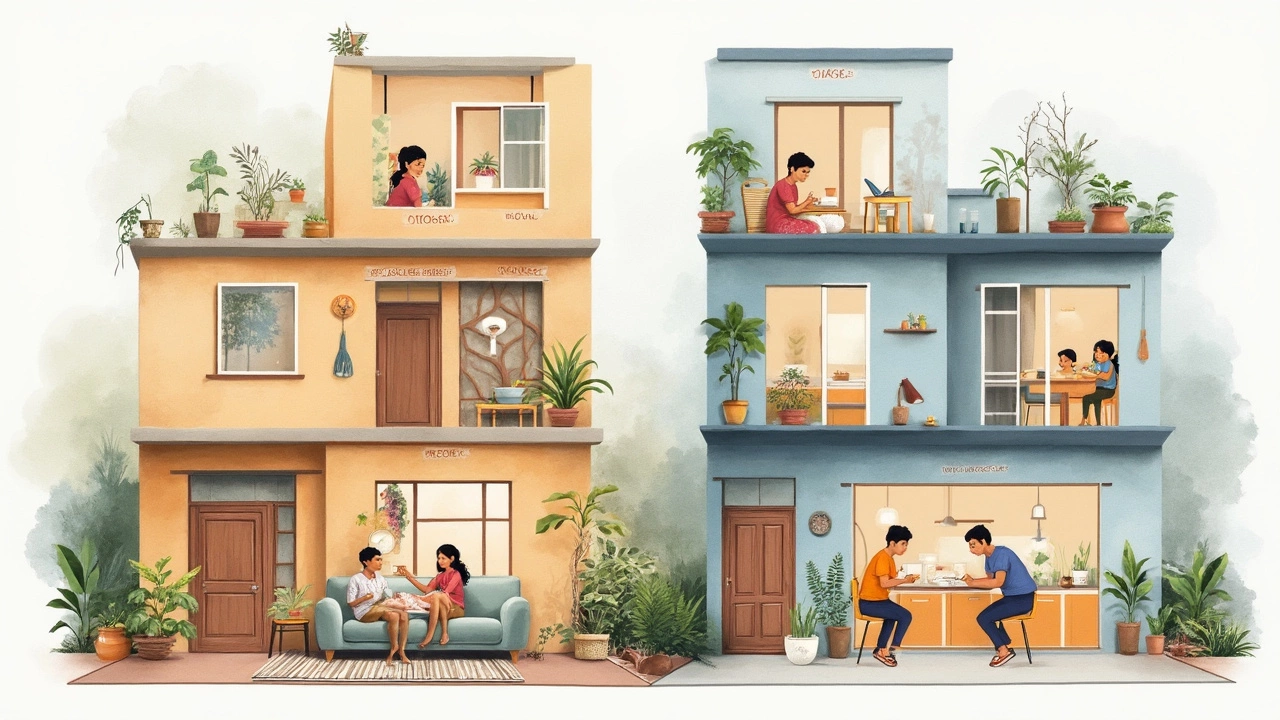
What Makes a Townhouse or Townhome Unique: Structure, Lifestyle, and Ownership Perks
Now, here’s where things start to matter if you’re planning to buy (or rent). Whether you’re looking at a unit called a townhouse or a townhome, you’re usually staring at a similar picture. Both styles share these must-haves: a private, ground-level entrance, walls physically attached to your neighbors, and multiple floors. You won’t find your classic townhome or townhouse stacked over another unit like in a condo building.
The main perks show up in how you live every day. Most townhouses sit on their own slice of land: you actually own the dirt beneath your feet (at least for the footprint of the home). That’s unlike a condo or apartment, where you own air space but not the land. Got a dog like Rocky? Most townhouses have either a small backyard or a patio. That’s your territory. Want to grill, grow tomatoes, or sunbathe? That’s all fair game. You also usually get at least one parking space—either in a driveway, a garage, or a small lot steps away.
Shared walls mean there’s a limit to privacy compared to buying a stand-alone home. But hey, if you grew up dodging the neighbor’s wild parties in an apartment, you’ll likely find townhouses quieter. The big win? Fewer shared points of contact. No one’s stomping over your ceiling, and you don’t share hallways. You deal with neighbors side-to-side, not top-to-bottom or across the whole hallway.
Ownership works differently than in an apartment or a pure condo building. With most townhouses (and almost all townhomes, if we split hairs), you own the interior and exterior of the structure. The land it's built on? Yours, too, unless the complex has special rules. The HOA might still take care of communal landscaping, the gates out front, maybe even roof repairs, but you typically get more control compared to a traditional condo association. You can paint, plant, renovate (within reason).
This is where real estate marketing goes wild: some developments use “townhome” to describe clusters with a more modern, open concept, sometimes ditching a formal entryway or squeezing the units tighter for maximum privacy out back. Is that a huge difference? Only for the pickiest buyers. Ninety-nine times out of a hundred, you get the same multi-level setup, same land rights, same homey perks. The label is less important than what you see in person.
Here’s a fun stat: According to the National Association of Home Builders (NAHB), attached homes—including townhouses—make up around 14% of new construction in the U.S., and that number has been rising as home prices soar. With remote work trends, more people want their own entrance, a bit of outdoor space, but aren’t up for a giant backyard or endless repairs. No wonder “townhome” shows up in more and more real estate ads.
The only time the difference gets sticky is in HOA rules or with your mortgage. Some banks care if your property is officially a condo—where you might own only the interior, and the rest is community-owned—versus a townhouse, where you own the entire lot. “Townhome” could show up as a style option in a planned community, but before you sign a contract, always ask: Do I own the land? What maintenance is covered? Are there any special rules for pets, colors, or renovations? My dog Rocky hates being told where he can and can’t go, and some places will have strict leash requirements or even breed restrictions (which honestly stinks).
To wrap this up, let’s run through a quick compare-and-contrast:
| Feature | Townhouse | Townhome |
|---|---|---|
| Origin of Term | Historic, used since 17th century | Modern, marketing twist |
| Structure | Attached, multi-level, shares walls | Same as townhouse |
| Ownership | Owns land & exterior (usually) | Same as townhouse |
| Style | Classic, sometimes traditional layout | Often modern or open concept |
| HOA Rules | May include landscaping, roof | Can be more flexible/vary more |
That table doesn’t lie: for most people, townhouse and townhome are different only in name, not in the basics that matter. Still, it pays to check the fine print as always.

Smart Tips If You’re Choosing Between Them: Questions, Red Flags, and Real-Life Math
Alright, let’s get actionable. Say you’re shopping for your next place—maybe you want to buy, maybe just rent, but picky about space, privacy, and pet policies (Rocky would approve). Don’t stress so much about which word is plastered on the listing. Instead, dig into these tips to get the place you’ll actually love.
- Tour in person or take the full video walk-through. Floor plans and 3D tours help, but you need to stand inside the unit to get a feel for the real soundproofing, wall width, and outdoor space. I remember touring a so-called "luxury townhome" and realizing the yard was basically a doormat.
- Ask about ownership and rules. Even if it’s called a "townhome," double-check if you actually own the exterior and the land. Some HOAs keep control, which can affect how much you can change the place—or sell it down the road.
- Prioritize your must-haves. Do you crave a garage, actual grass, or that open-concept kitchen? Modern “townhomes” sometimes offer slicker features, but an older "townhouse" might come with bigger rooms or actual brick walls (way better for privacy).
- Check the HOA fees and what they cover. Sometimes a unit has a higher monthly fee because lawn mowing, exterior repairs, trash service, or even cable TV are included. That changes how much you actually pay month-to-month. Pro tip: ask the HOA for a copy of their docs before you buy or sign a lease.
- Get nosy about your neighbors. Knock on a few doors, talk to people outside—find out about noise, parking wars, or secret rules. One guy swore the HOA would fine him for putting up Christmas lights before Thanksgiving. Imagine paying hundreds a month just to get yelled at because of your decorations.
- Look beyond the word play. Sometimes listings call a row house or even a stacked duplex a “townhome,” which isn’t the classic two- or three-story design. Always double-check the actual layout and property lines with your agent.
People moving out of apartments love that a townhouse almost always means ditching the shared elevator or dark parking garage. It’s more like a house, with straight-up pros: separate entry, real link to the outdoors, lower chances of hallway noise. Downsides? Shared walls can carry sound (depends on build quality), and you might have to deal with trimming your own hedges—unless the HOA handles it. Also, check for hidden walls or weird quirks: some “townhomes” sneak in oddball floor plans, with bathrooms you need GPS to find.
Super-sized suburban townhouses (not to mention those wild three-story developments popping up in city suburbs) can offer up to 2,000 square feet or more easily. But in prime markets—think New York, Toronto, or downtown Chicago—even a compact townhouse sells fast at premium prices. A quick scan of Redfin listings in June 2025 shows that the median townhouse sale price in major U.S. metros is up 7% over last year—meaning demand for these homes, by any name, is still through the roof.
If you’ve got pets, don’t rely on listings alone to tell you about policies. Call the HOA or the management directly. Rocky’s been turned away from dream spots because of strict weight limits nobody bothered to mention online. Some “townhomes” really do loosen the rules and allow multiple cats, larger dogs, or flexible outdoor access.
Bottom line: most buyers won’t notice much daylight between a townhouse and a townhome, as long as you do the homework. Let the marketing folks fuss over what to call it; you just want a place that fits your life, your budget, and that four-legged family member who likes to nap in the sun.

